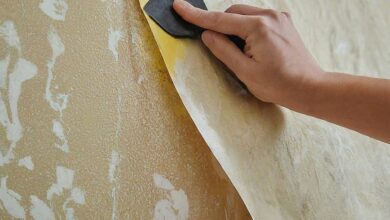How to Grow Watermelon Peperomia?
Are you planning to grow watermelon peperomia? Great! Consider the following to have a healthy plant.

How to grow watermelon peperomia? Is that easy or hectic? We will cover ins and outs here about how you can grow watermelon peperomia easily in your house.
Usually, it requires you to invest a bit of time in growing and nursing this type of plant. But don’t worry about the procedures. We have you covered.
Let’s start the proceedings.
An Overview of Watermelon Peperomia
Before moving forward with the procedures of How to grow watermelon peperomia, you should have a fair amount of knowledge about this plant.
Watermelon Peperomia, also called Peperomia Argyreia, is a thick-leaved plant that grows in subtropical and tropical regions. The plant is native to countries such as Brazil, Ecuador, and Venezuela in South America.
It is of the genus Peperomia and is an Epiphyte, that is, it grows on top of other plants and trees in the wild, and can retain moisture alongside nutrients through its roots aerially.
The foliage of the plant is succulent-like. You will discover that the leaves have a shape akin to an upside-down teardrop. They have a variegated pattern which makes them resemble the rind of a watermelon and have a silvery, glossy sheen to them.

The veins of the leaf are darker in color and the rest of the lamina or the blade is silvery-green that providing pop and luster to the plant.
These leaves grow in a cluster and are supported by red-colored stalks or petioles. During spring or summer, it grows a bloom stalk with dainty green blooms.
You cannot see the plant grow very tall or wide in any way. It stays rather compact, between six to twelve inches.
Owing to its petite form and stunning appearance, it has garnered a lot of popularity as a houseplant in recent times. It makes for a gorgeous display on a tabletop or a windowsill. In addition, it can be a perfect fit as an accent arrangement in a terrarium.
Tips on How to Grow Watermelon Peperomia
1. First Thing First: Preparation of Soil
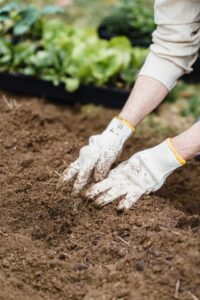
Since the plant is Epiphytic, it has thick leaves, and it retains water. As a result, it desires well-draining soil to grow properly.
The best potting mix for this type of peperomia is a cactus mix, which is a mixture of perlite, garden soil, and gravel in a ratio of 2:3:3.
However, you can also thrive it well in a mix of cocopeat and perlite alone as well. It requires the PH of the soil to be acidic.
2. Standard Temperature for Watermelon Peperomia
A Watermelon Peperomia is the happiest in temperatures between 18C to 25C which is equal between 65F to 75F. It cannot withstand cold temperatures, and will not survive temperatures below 10C.
Due to this, you should consider keeping the plant in temperature and climate-controlled greenhouses, or under grow lights with similar tropical flora.
If you expose the plant to extreme cold drafts, the underside of the leaves may start to brown. In case, it is exposed to warm and dry air, the leaves may begin to crack and split on the edge.
So, you should be careful in ensuring a humid ambiance to help the plant stay healthy.
3. The Most Important Factor: Watering
It is another effective tip for How to grow watermelon peperomia. Because it does not like sitting in water at all. Depending upon where the plant is being grown, that is, the gardening zone, it likes to be fully drenched in water and have its roots fully soaked on the day it is watered.
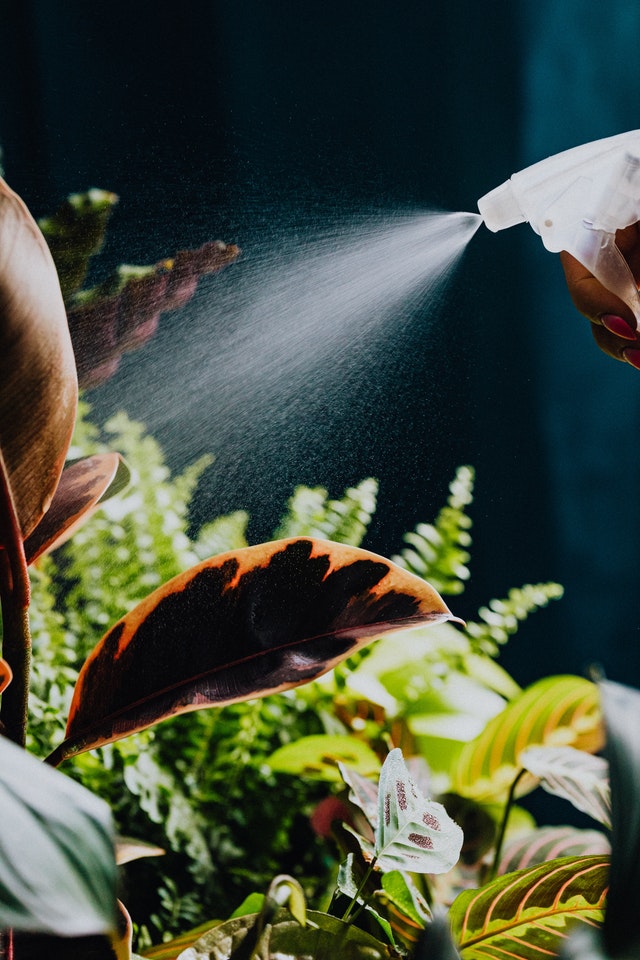
However, the plant does not want to have its feet wet and flourishes in a pot with ample drainage holes. To keep the plant healthy, you should let it dry out in between watering.
Too little water can also make its leaves curl and make the plant droop, a mechanism through which the leaves try to retain water and moisture.
On the other hand, overwatering this plant may cause root rot, and lead to the eventual decay of the plant. It will also lead to yellowing leaves which will fall off or dry up of leaves.
So, you can understand that you should water the plants in correlation to the amount of light the plant gets. Generally, long durations of bright light would require the watering cycles to be shorter.
4. Proper Flow of Light
Watermelon Peperomia has the appearance of a succulent, and you will make an honest mistake to keep it in a higher light condition. It does not like the direct and bright sunlight of the day and can succumb to it.
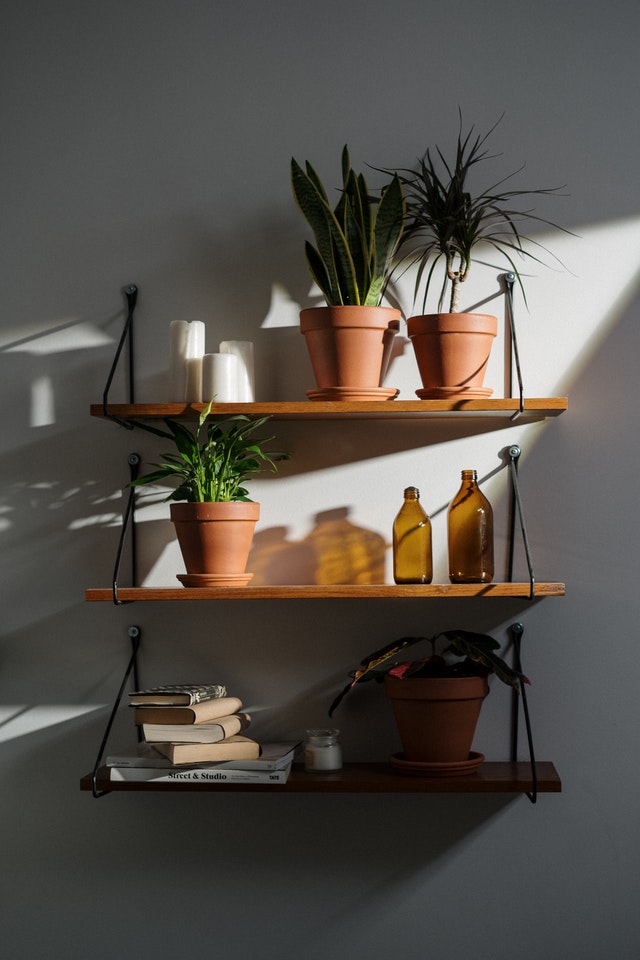
In such conditions, the plant may show signs of stress through its leaves. It absolutely thrives in dappled or diffused light.
If you plant it in the landscape, it does very well in dappled light situations in a flowerbed. Because, here, watermelon peperomia remains shaded from the harsh sun for most of the day by the canopy of bigger trees, much like how it grows in the wild.
Indoors, the plant prefers to have indirect bright light. And while it thrives in bright light, it will begin to show signs of stress when placed in a darker spot with awfully low light.
Being kept in the dark, your plant may lose its variegation and the leaves will turn into a darker shade of green.
5. Should Know the Fertilization Process
Watermelon peperomia is a rather non-fussy plant when it comes to fertilization. So, you should consider it as one of the important tips to consider on How to grow watermelon peperomia.
The plant will thrive if it gets a diluted dose of liquid fertilizer bi-weekly, or once a fortnight, and can even go up to a once a month dose.
If it has a slow-release fertilizer, it needs to be replenished every three to four months in small quantities.
6. An Important Factor: Pests
Like any other plant, you may observe that it may catch scales, mealybugs, and thrips. On seeing the first signs, you should clean them thoroughly, first with water, then with alcohol.
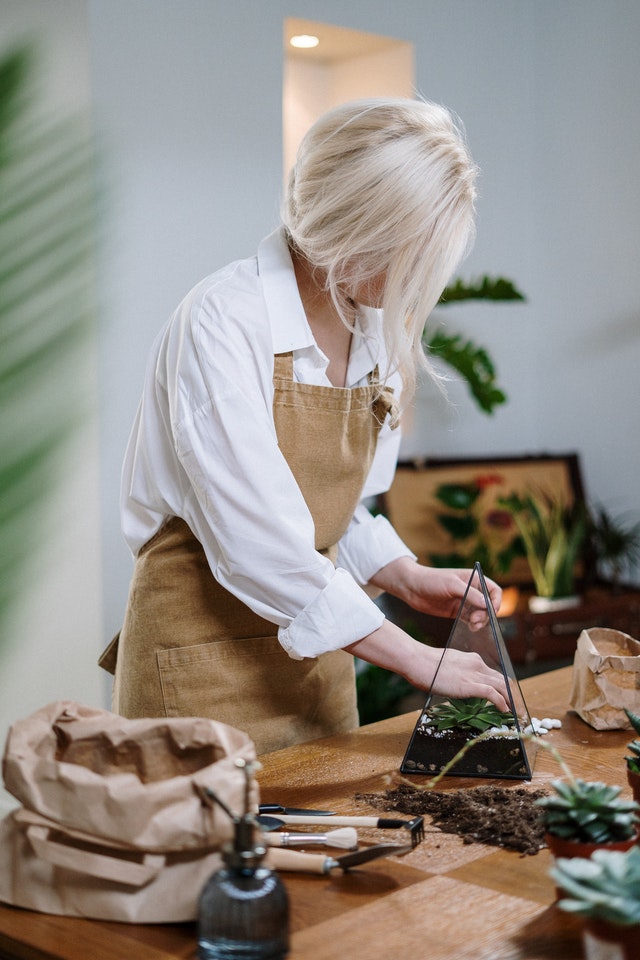
You should consider repotting the plant into clean soil as the pests lay eggs in the top layer of the soil. You may also use an organic pest control spray.
7. The Propagation
It is super easy to propagate Watermelon Peperomia. All you need is a healthy-looking leaf with an inch of the petiole. You can cut the plant just over the soil and wait for the roots to develop.
At this point, you must not allow any moisture on the soil and may use rooting hormone powder if anxious though it is not mandatory.
These plants do not have an extensive root system, but the foliage may become full given the right growing conditions.
It can be repotted only when it becomes severely root-bound. At this point, it would be safe to report it in a pot that is an inch or so bigger in diameter than the previous one.
Final Words
Now, you have a far better knowledge of how to grow watermelon peperomia while ensuring healthy growth. Don’t try too much, take everything easily and follow those steps to grow a beautiful peperomia plant in your house.



